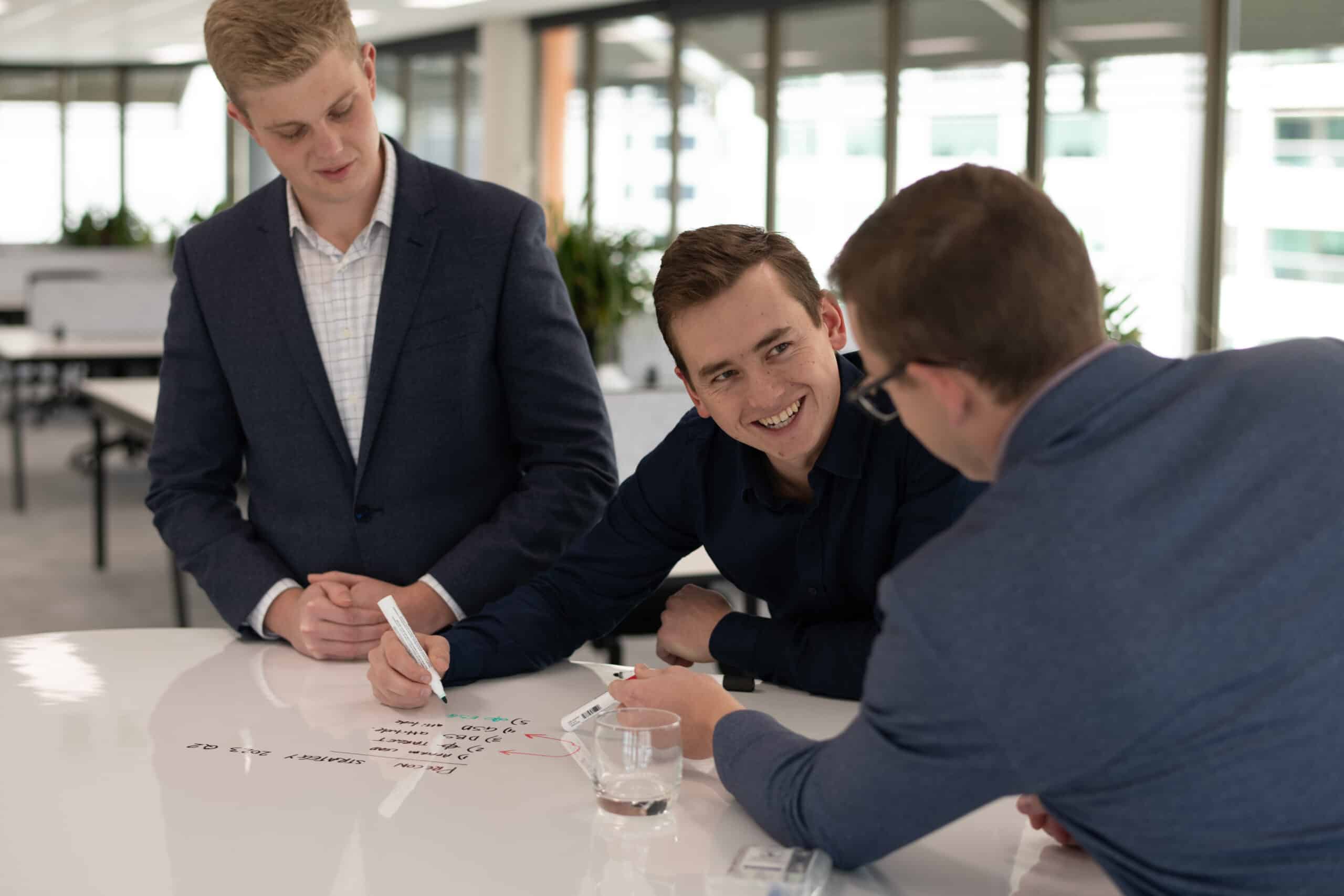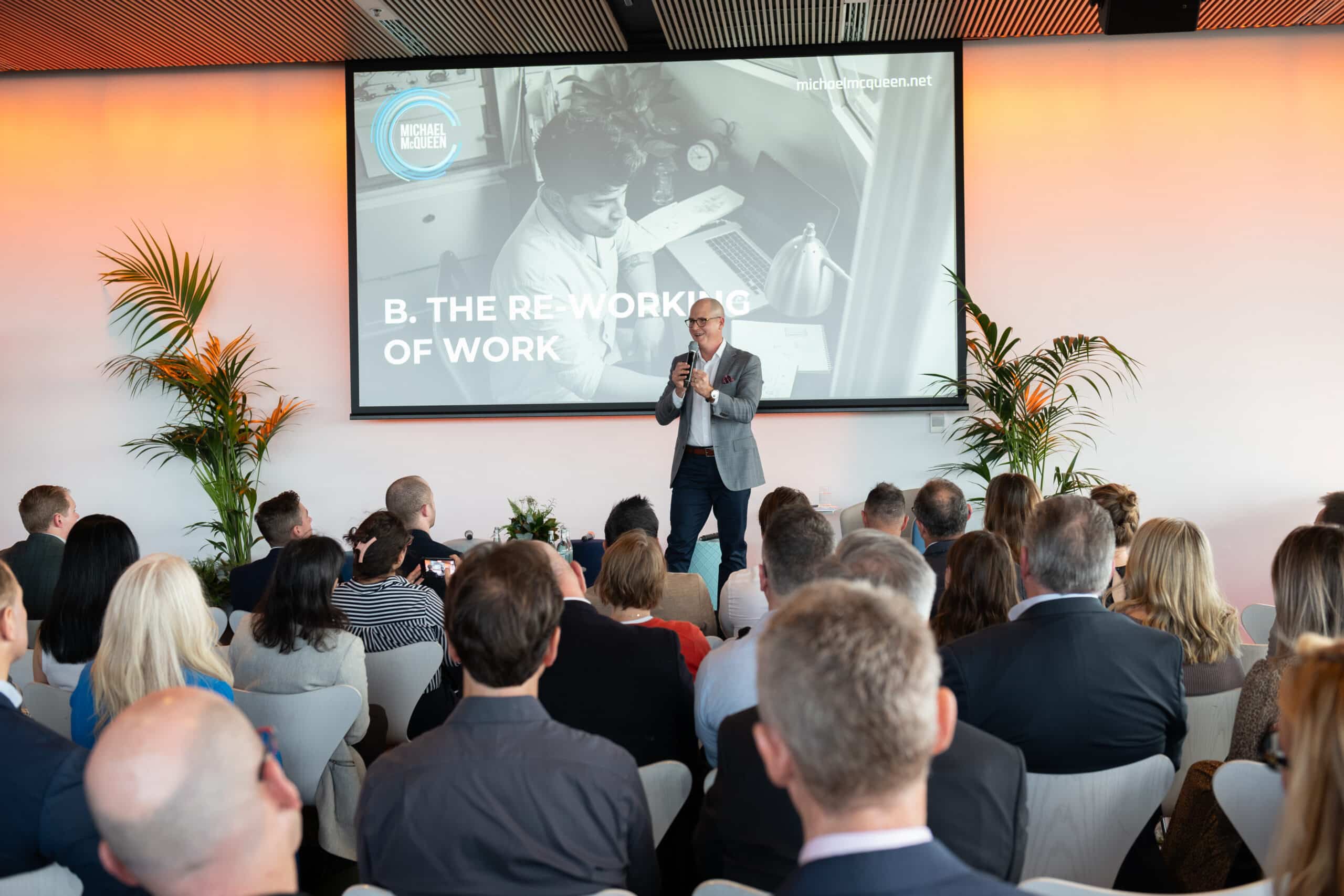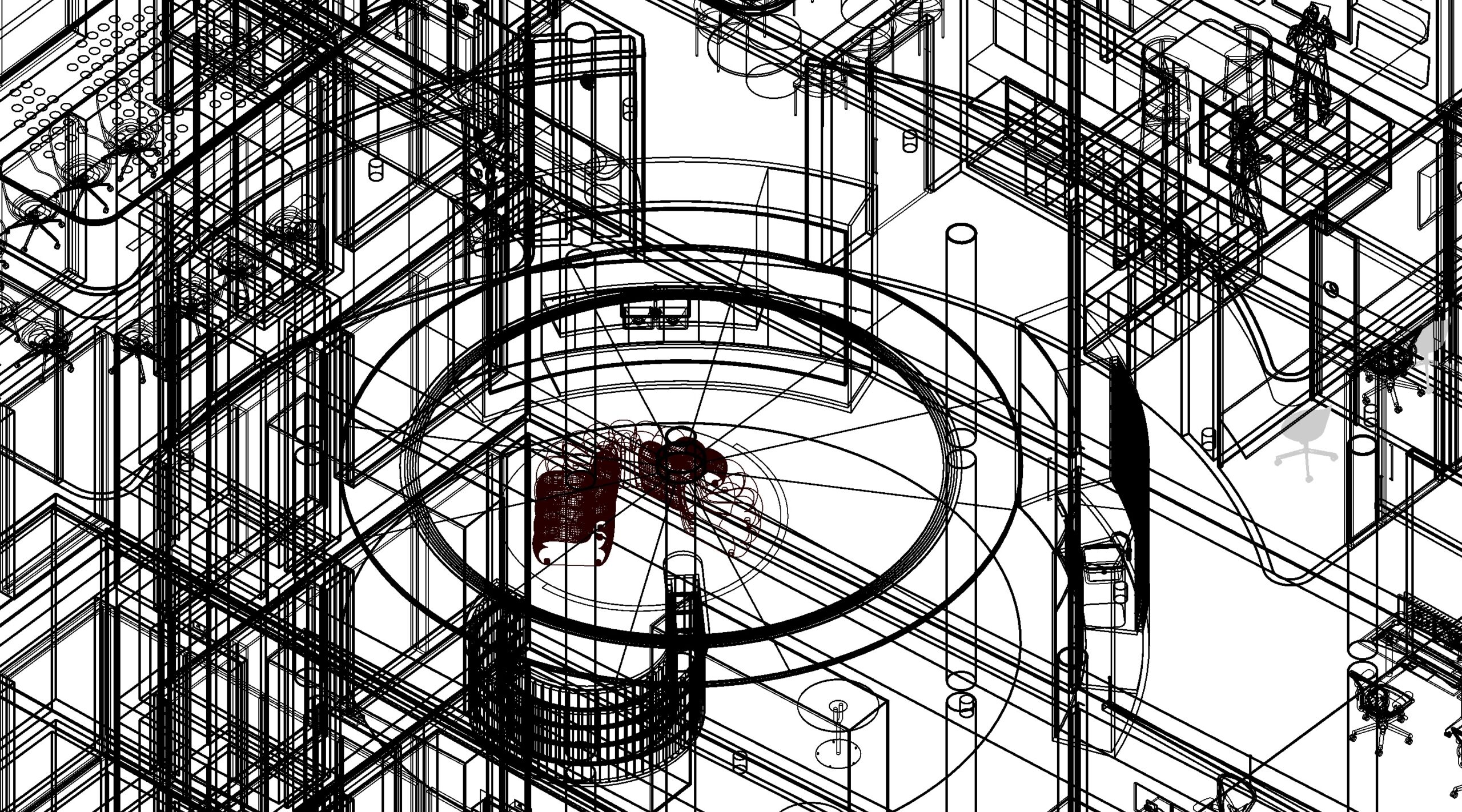
“76% of workers avoid the office when they need to focus and get important work done… 80% of workers would be more loyal to their employers if they offered flexible work options.” — Source
What is the trend?
We’re now in an era where ‘work from anywhere’ is the reality for many industries. People have become comfortable (and efficient) working from home, and technology allows us to stay connected in almost any location.
The pandemic accelerated our collective move towards remote work. And now that flexible location arrangements are much more ingrained in the overall workplace culture, employers are noticing the benefits.
In particular, hybrid working arrangements benefit companies by reducing their real estate costs, and helping to attract and retain top talent.
What started as a trend has now become a permanent part of overall workplace culture. Hybrid working arrangements are now an expectation more than a ‘nice to have’ for knowledge workers.
Why is this trend important?
Staff turnover is at an all time high, and this is costing employers big time. Every time a team member is replaced, there are added business costs due to lost productivity, HR, and training.
During the year ending February 2022, 22% of professional workers in Australia changed jobs. – Source
For many of the day-to-day tasks of the modern workplace, being physically present isn’t a necessity.
When team members are able to forego the commute to work a few days each week, it not only results in improved productivity from staff – it also means less stress and time spent commuting.
So why not give employees the best of both worlds? An uplifting office experience where they can connect with colleagues and collaborate, and the ability to work remotely when there’s a need for prolonged periods of focus?
How can we embrace this trend?
In the traditional 9-5 office environment, it’s all too easy to equate employee commitment and performance to their inputs (hours worked) rather than outputs (stuff done).
Rather than falling into the input utilisation trap, aim to focus on employee output instead, and structure remuneration around performance accordingly. After all, this is much more directly tied to the outcomes that drive overall business performance, and is much more motivating for skilled staff.
And remember, every team member works differently. We all have different days and times of the day that we perform best. We all commute from different locations, with different times of peak traffic, and have different commitments outside of work.
Learn about each team member’s rhythms and if practical, try to align when they need to be in the office with what works best for both them and the wider team.


